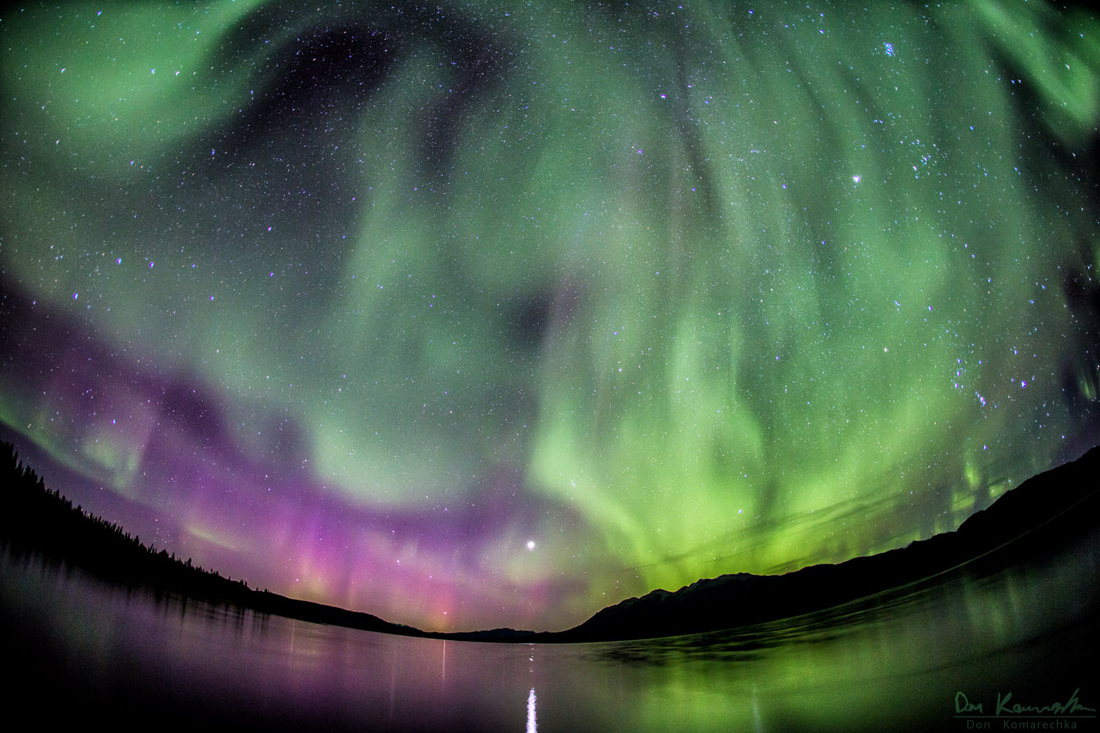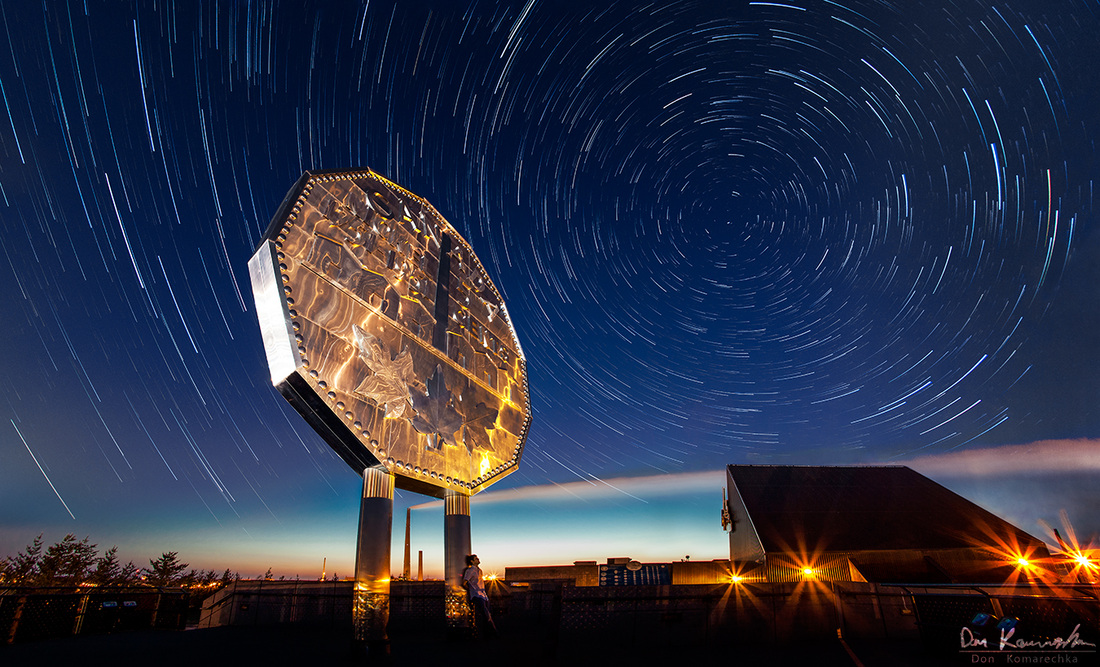|
Intro by Skip Cohen I just received my copy of Don Komarechka's new book, Sky Crystals. It's the study of snowflakes and it's far more than just a book of stunning images - this is a full tutorial on a totally unique subject, but with universal applications for any project you take on. However, here's what I love about Don's work - from microscopy and photographing snowflakes to the extreme opposite with a fisheye lens, he demonstrates how his creative gene, along with his teaching and presenting genes, kick into overdrive with a great subject. Is he an artist, a teacher, a writer or just a guy who loves what he does? I'll let you be the judge. And, if you've ever thought about some day publishing your own book, listen to the tips he shares in the newest SCU podcast. In the mean time, it's time that fisheye came out of your camera bag more often. It may well be one of the most fun creative tools you've got. Fisheye lenses have long entertained and confused photographers. It’s a unique piece of equipment that can create a very different perspective and composition. The novelty of distorted faces and warped walls quickly wears off however, and the fisheye lens as a creative tool often lays forgotten at the bottom of your camera bag. How and when to use this type of lens isn’t easy to pin down, but keep these tips in mind when considering your options. A fisheye lens will typically achieve a 180 degree field of view. Some lenses create a completely circular image while others offer corner-to-corner detail. In both cases, you have a lot to take in. In order to reach this expansive field of view, fisheye lenses introduce a large amount of distortion. Straight lines near the edge of the frame become incredibly warped and rounded, so not all subjects will suit the style created here. So, what works? The night sky is a perfect subject to shoot through a fisheye lens. The field of view allows for more stars, and the point-sources of light doesn’t reveal the distortion to any great degree (unless you’re an astronomer drawing lines in the sky). In the case of auroras, the same applies – and angling the camera upward can create an even greater impact. You’ll notice the curved horizon in the above shot helps to guide your eyes upward – the distortion is forgiving. With the same thinking we apply to static images of the night sky, star trails can also benefit from a wider field of view. In this image however, a curved horizon would not pay any compliments to the subject matter. Using primarily the warp tool in Photoshop, the horizon can be straightened without affecting the sky. Automatic lens correction tools would also work, but would remove a significant amount of stars from the sky by uniformly correcting the entire image at once. A bit of editing care is required, but the results are worthwhile. Architecture shots usually don’t work, but there are always exceptions to the rule. This abandoned structure in the mountains of Bulgaria, for instance, was a perfect candidate. In order to capture the soviet-era emblem in the center of the ceiling as well as the surrounding walls and deteriorated floor, a fisheye-lens made the perfect alternative to shooting a panorama. The circular dome design of the building worked in favour of the distortion introduced by the lens. Be warned: This distortion us quite unflattering to lines that should be straight. If you’ve got the opportunity to take to the skies, using a fisheye lens outside of an aircraft can provide a perspective unlike anything else. Keep in mind that the field of view is so wide you’ll likely get the aircraft in the frame as well. This aerial image of Toronto was taken from a helicopter, with the camera held outside the frame of an open window – as far out as I could safely hold it. The camera was pointed slightly downward to create a bowed horizon, giving the false impression of a very tiny planet Earth.
A fisheye lens can be a great tool in the right situation. Pre-visualizing the shot can be tricky, and nauseating compositions can occur regularly until you get the hang of it. Give it a shot, but only share your best results after the novelty has worn off; the world has more than enough cringe-worthy fisheye shots.
0 Comments
Your comment will be posted after it is approved.
Leave a Reply. |
Archives
November 2016
|
© 2019 Skip Cohen University





 RSS Feed
RSS Feed